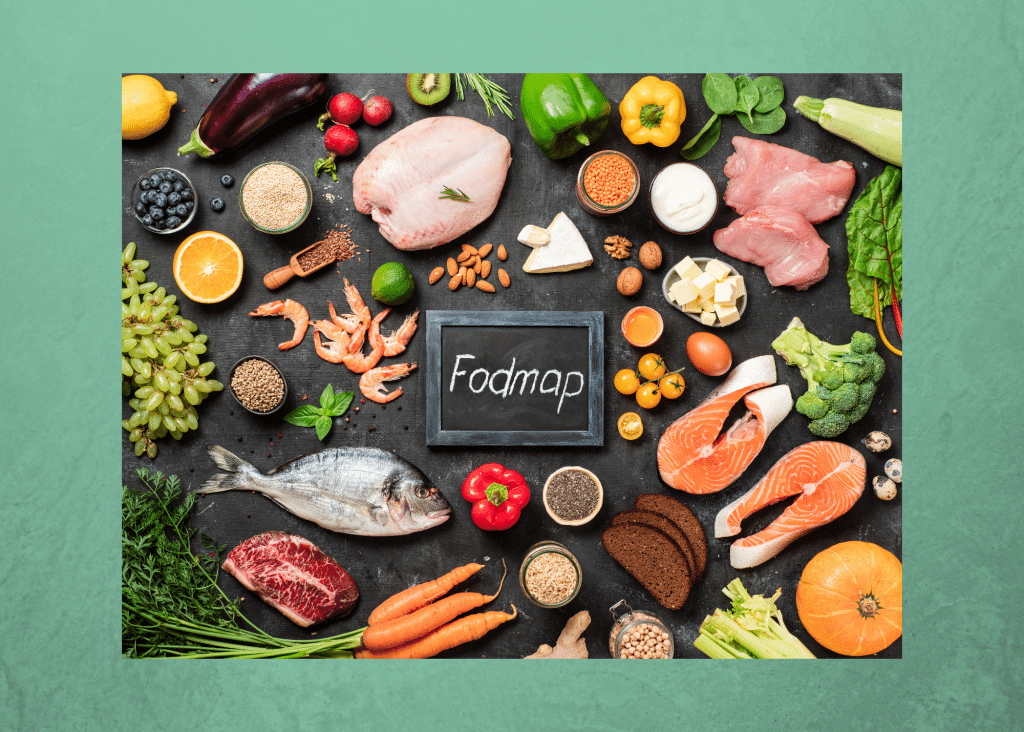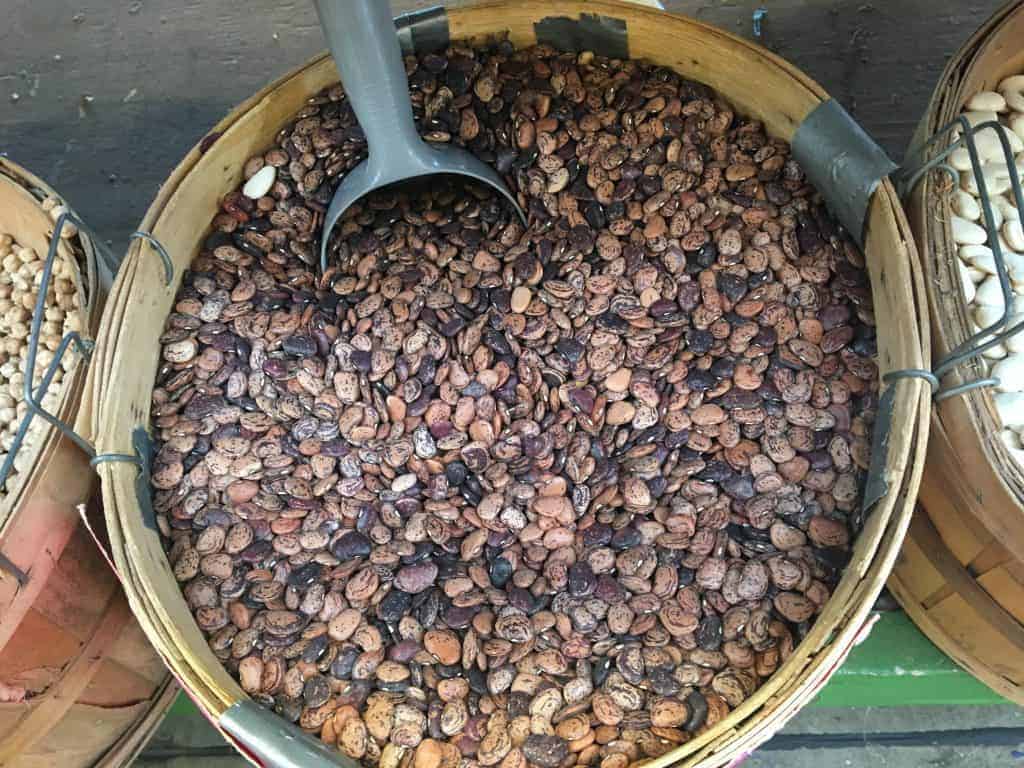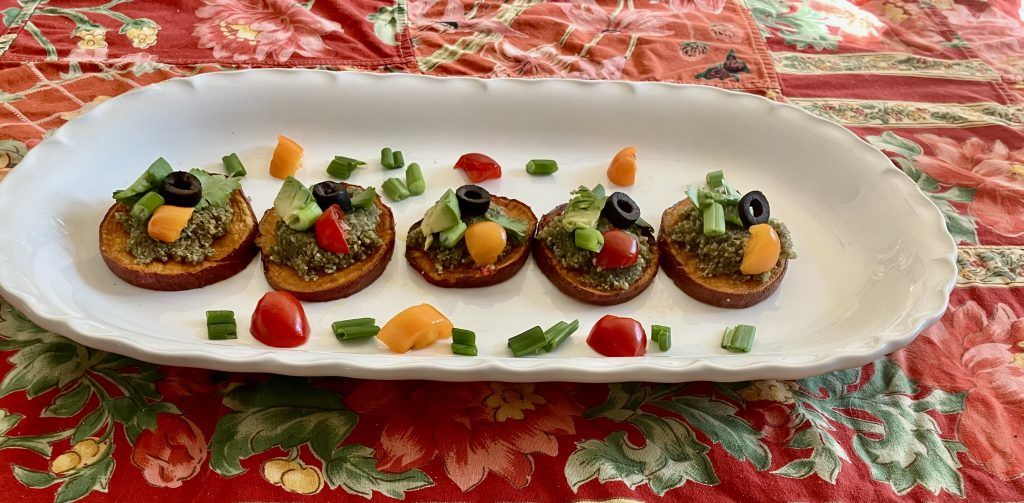Fodmap Diet

What Does the Elimination Diet Fodmap Mean?
There has been a lot of talk about the elimination diet fodmap over the past several years. You might be wondering about exactly what it is. I would love to share a little explanation about it.
Researchers developed this diet in Australia.
Fodmap stands for:
– fermentable
-oligio
-di
-mono
-and
-polyols
These are the names of chemical structures of carbohydrates that bother many of us.
However, to what extent these foods bother us, whether or not they cause us pain or affect our quality of life, determines whether we might want to try the low-fodmap elimination diet to relieve irritable bowel syndrome (IBS) symptoms.
Problems Digesting Beans
For example, most of us are affected by gas and bloating from eating beans. Especially large portions and beans that may not have been soaked and drained. But it is the extent to which we feel miserable and how it affects our ability to live a normal life. Perhaps we can take an enzyme designed for breaking down the carbohydrates in beans and feel fine.
Some people do better if they eat beans more consistently, as they have the enzymes in their GI tract to break down the carbohydrates in beans.

Details on Lactose Intolerance
Dairy is another food that bothers many people because of milk’s lactose and sugar content. Many people worldwide, especially where dairy is not normally part of the diet, cannot tolerate it. Many people who can drink it begin having problems later on in life because they may become less lactose tolerant. This intolerance for some people with IBS can be quite painful.
However, some people can take an enzyme to help break down the lactose. For other people, not having lactose in the diet may decrease the lactase enzyme that breaks down the lactose can be an issue. Because when someone eats a whole lot of lactose at once, they may not have enough of the enzyme to break it down. This may contribute to gas, bloating, and diarrhea.
There has been research on gradually reintroducing foods with lactose to allow the body to build up its enzymes and digest them better. Here is a little bit more about this: Rethinking Lactose Intolerance: A Guide for Including Dairy Foods in the Diet (purdue.edu)
Foods That Contain Fodmaps
Let’s first discuss the most common fodmaps and some of the places they are found. Later, we will discuss how people determine if these foods contribute to GI upset.
Fructans
Fructans are the carbohydrates found in wheat, rye, and barley. They are also abundant in onions, garlic, and several other vegetables.
Polyols
The most common polyols are the sugar alcohols in sugar-free gum, and they often cause GI upset. But polyols are also found naturally in food. There are two main types: sorbitol and mannitol. Sorbitol is in blackberries and fruit with pits; mannitol is found in cauliflower and mushrooms.
Some people are bothered by one and not the other.
Fructose
This sugar is found primarily in fruit, but also in several vegetables and fruits, like snap peas and mango, and some natural sweeteners, like agave and honey.
GOS
This group is primarily beans.
Lactose
This is the sugar in milk. Some people are bothered by lactose because they have lactose intolerance, but some people have irritable bowel syndrome.
Establishing a low-fodmap diet involves three phases:
The low fodmap diet has 3 phases. We will briefly discuss these phases. They have to be done in order.
Elimination Phase
The first step is identifying and eliminating the foods that contain fodmaps by eating a low fodmap elimination diet for 2-6 weeks. This diet is temporary and contains low fodmap foods.
The foods high in fodmaps that will be temporarily limited are lactose, fructans, GOS, polyols (mannitol and sorbitol), and fructose.
Reintroduction Phase
Foods will be added back systematically. Reintroducing these high-fodmap foods will help determine which ones trigger your GI symptoms.
Personalization Phase
This phase is the time to help you find the right balance in your diet by learning what portions work best and what high fodmap foods can be eaten together. It is also a good time to learn what food substitutions may be helpful in some of the recipes you enjoy.
Do It Alone or Find Support
Some people may add a porch without training, but sometimes, something undesired happens. This can also be true when working on a new car instead of taking it to a garage. Or cutting one’s own hair. Some things are best left to working with someone trained in this area.
I have seen a number of people who may have tried the low-fodmap diet alone without help or support, and much of that time added extra months of discomfort. The people also ended up having to follow a low-fodmap diet longer because they did it alone or even worked with health care professionals who were unknowledgeable in this area.
See the end of this lesson to find someone in your area with advanced training.
Low Fodmap Diet Helps Many People with IBS
The researchers at Monash University discovered that a low-fodmap elimination diet can be an effective tool for many people with IBS. They recommend that people with IBS work with a Monash-trained dietitian to get the most up-to-date information and ensure they are working with someone adequately trained to help them.
I hope this lesson takes some of the mystery out of what a low fodmap diet is about. Working with your primary care doctor and GI diet is important to eliminate celiac disease and other health conditions before starting the low fodmap diet. To learn more about the low fodmap diet and the dietitians with advanced training in this area, check out it here!

